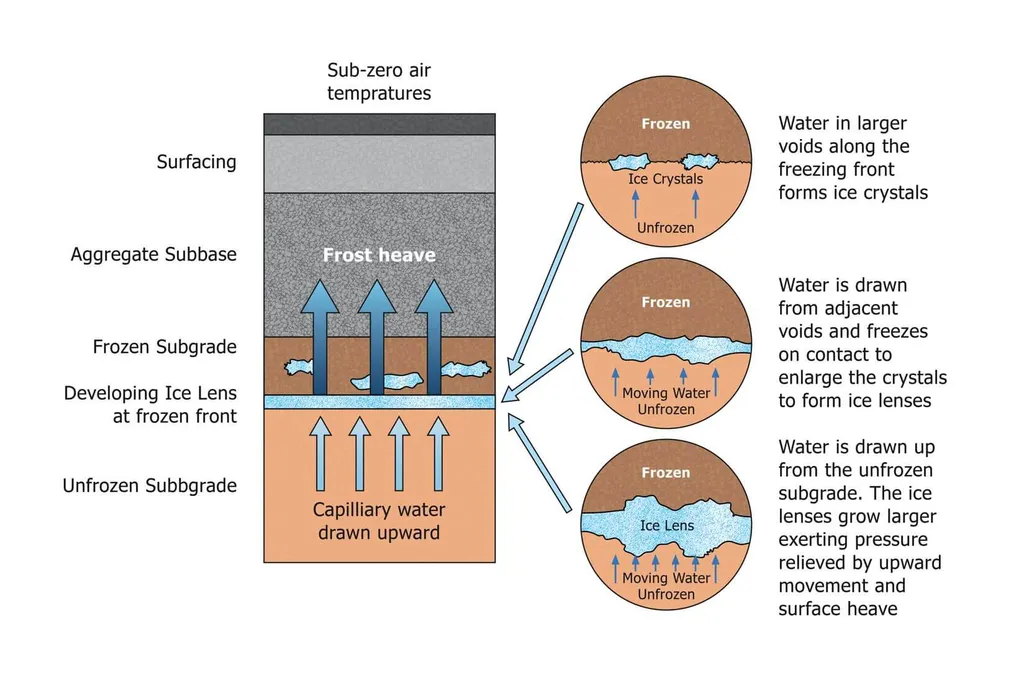In the harsh, cold regions where highways stretch across vast landscapes, moisture is a silent adversary, creeping into the very foundations of infrastructure and causing structural failures. But what if there were materials that could outsmart this persistent problem? A recent study published in the journal *Advances in Civil Engineering* (translated from Chinese as “Advances in Civil Engineering”) suggests that capillary drainage materials could be the game-changer the construction industry has been waiting for.
Chenglong Li, a researcher from the Qinghai Provincial Traffic Control Construction Engineering Group Co., Ltd., led a team that delved into the water absorption and drainage performance of seven fabrics with capillary drainage properties. Their goal was to see how these materials stack up against conventional geotextiles in mitigating moisture accumulation in subgrade soil—a common issue in cold-region highway engineering.
The results were striking. Capillary drainage materials not only outperformed conventional geotextiles in water absorption and evaporation but also showed significant potential for optimizing drainage performance in soil. “COOLPASS achieved the highest absorption capacity, while COOLMAX demonstrated the most efficient evaporation performance,” Li explained. These findings could have far-reaching implications for the energy sector, where infrastructure resilience is paramount.
The study didn’t stop at mere observations. Li and his team conducted comprehensive analyses using the Mantel test and the random forest algorithm to understand how these materials perform under varying moisture conditions. Their recommendation? A holistic approach that considers both the specifications and exposure area of capillary drainage materials to maximize their efficacy.
So, what does this mean for the future of construction and infrastructure development? For one, it opens the door to more resilient, long-lasting highways and other structures in cold regions. It also hints at a broader shift towards smart materials that can adapt to environmental challenges, reducing maintenance costs and enhancing safety.
As the energy sector continues to expand into remote and harsh environments, the need for such innovative solutions will only grow. Li’s research is a step in the right direction, offering a glimpse into a future where infrastructure is not just built to last but also built to adapt. And with these findings published in *Advances in Civil Engineering*, the industry now has a solid foundation to build upon.

